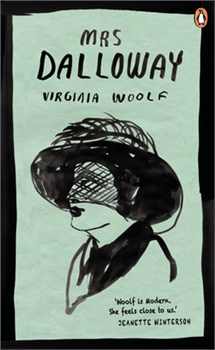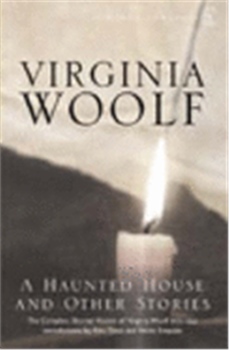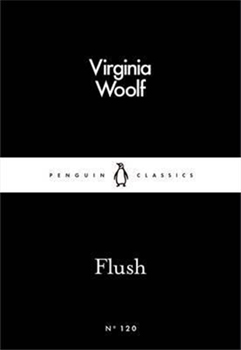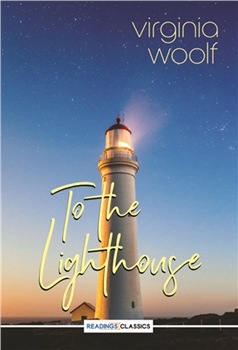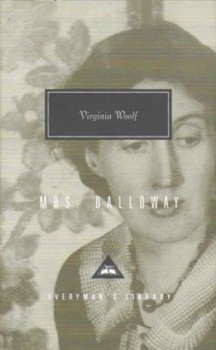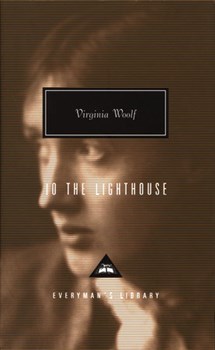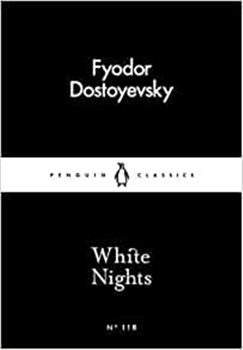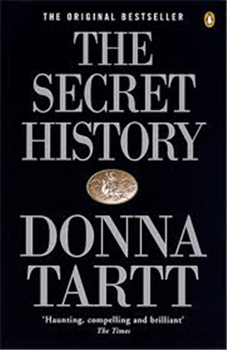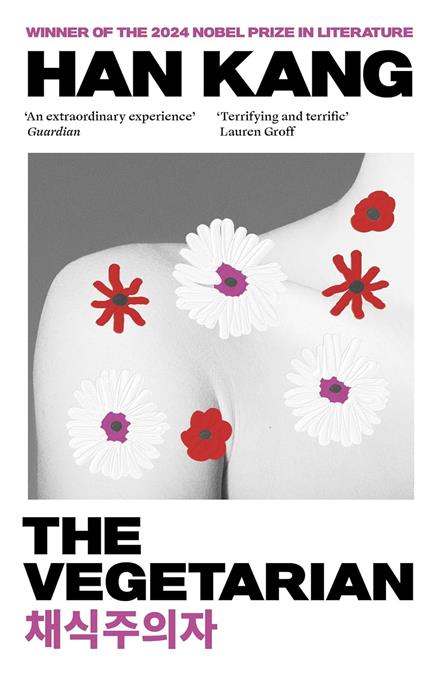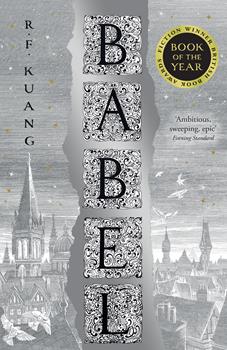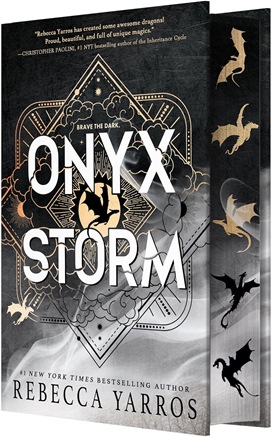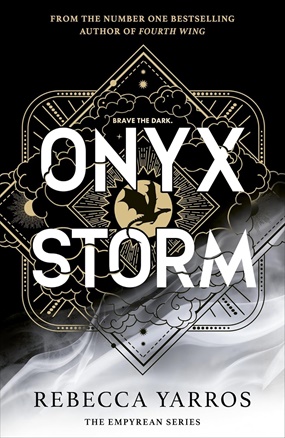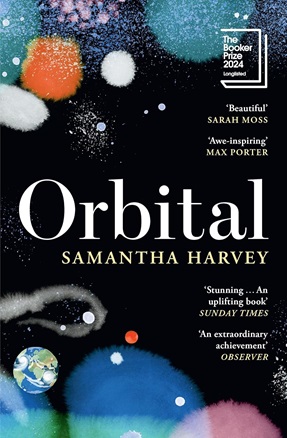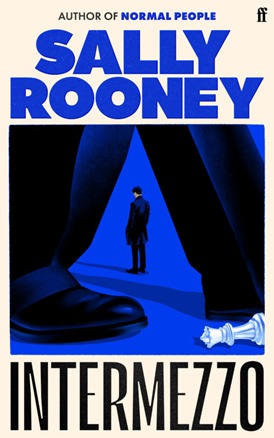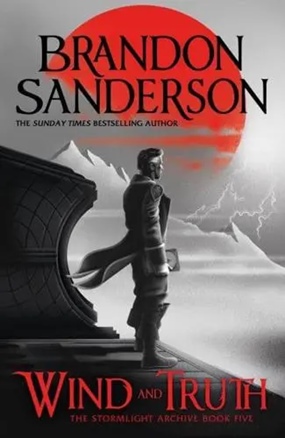Description
In Mrs Dalloway, Virginia Woolf explores the events of one day, impression by impression, minute by minute, as Clarissa Dalloway's and Septimus Smith's worlds look set to collide - this classic novel is beautifully repackaged as part of the Penguin Essentials range. 'She had a perpetual sense, as she watched the taxi cabs, of being out, out, far out to sea and alone; she always had the feeling that it was very, very dangerous to live even one day.' On a June morning in 1923, Clarissa Dalloway, the glittering wife of a Member of Parliament, is preparing for a party she is giving that evening. As she walks through London, buying flowers, observing life, her thoughts are of the past and she remembers the time when she was as young as her own daughter Elizabeth, her romance with Peter Walsh, now recently returned from India; and the friends of her youth. Elsewhere in London Septimus Smith is being driven mad by shell shock. As the day draws to its end, his world and Clarissa's collide in unexpected ways. In Mrs Dalloway Virginia Woolf explored the events of one day, impression by impression, minute by minute, and recorded the feel of life itself. 'One of the most moving, revolutionary artworks of the twentieth century' Michael Cunningham 'Woolf is Modern. She feels close to us.' Jeanette Winterson Born in 1882, Virginia Woolf was the daughter of the editor and critic Leslie Stephen, and suffered a traumatic adolescence after the deaths of her mother, in 1895, and her step-sister Stella, in 1897, leaving her subject to breakdowns for the rest of her life. With her sister, the painter Vanessa Bell, she was drawn into the company of writers and artists such as Lytton Strachey and Roger Fry, later known as the Bloomsbury Group. Among them she met Leonard Woolf, whom she married in 1912, and together they founded the Hogarth Press in 1917. Her first novel, The Voyage Out, appeared in 1915, and her major novels include Mrs Dalloway (1925), the historical fantasy Orlando (1928), written for Vita Sackville-West, the extraordinarily poetic vision of The Waves (1931), and Between the Acts (1941). Woolf lived an energetic life, reviewing and writing and dividing her time between London and the Sussex Downs. In 1941, fearing another attack of mental illness, she drowned herself.
About the Author
Virginia Woolf was born in London in 1882, the daughter of Sir Leslie Stephen, first editor of The Dictionary of National Biography. After his death in 1904 Virginia and her sister, the painter Vanessa Bell, moved to Bloomsbury and became the centre of The Bloomsbury Group . This informal collective of artists and writers which included Lytton Strachey and Roger Fry, exerted a powerful influence over early twentieth-century British culture.
In 1912 Virginia married Leonard Woolf, a writer and social reformer. Three years later, her first novel The Voyage Out was published, followed by Night and Day (1919) and Jacob s Room (1922). These first novels show the development of Virginia Woolf s distinctive and innovative narrative style. It was during this time that she and Leonard Woolf founded The Hogarth Press with the publication of the co-authored Two Stories in 1917, hand-printed in the dining room of their house in Surrey.
Between 1925 and 1931 Virginia Woolf produced what are now regarded as her finest masterpieces, from Mrs Dalloway (1925) to the poetic and highly experimental novel The Waves (1931). She also maintained an astonishing output of literary criticism, short fiction, journalism and biography, including the playfully subversive Orlando (1928) and A Room of One s Own (1929) a passionate feminist essay. This intense creative productivity was often matched by periods of mental illness, from which she had suffered since her mother s death in 1895. On 28 March 1941, a few months before the publication of her final novel, Between the Acts, Virginia Woolf committed suicide.
